When something keeps happening steadily, repeatedly, or with strong impact — like knocking on a door, beating a drum, or making rapid progress — the Japanese onomatopoeia “Don Don” (どんどん) captures that powerful rhythm perfectly!
First, let’s listen to how it sounds!
What is “Don Don” (どんどん)?
“Don Don” is a Japanese onomatopoeia that expresses two main types of meaning:
- Rhythmic, impactful sounds (like knocking or drumming)
- Steady, ongoing progress (like quickly completing tasks or advancing)
It’s a fun and energetic word that can describe both sounds and momentum.
Pronunciation
don-don (like “don” in “donut”)
Categories
Sound / Movement / Emotion
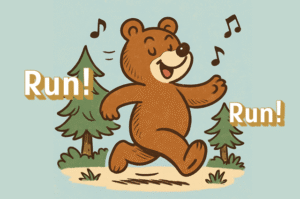
What Does “Don Don” Look Like?
Some words aren’t just sounds — they march forward with rhythm.
Let your eyes follow these powerful letters: “Don Don.”

How Do You Say It?
It looks fun on the page, but how does it sound?
Let’s say it together — press play and listen!
Examples in Daily Life
Example 1: Knocking on a Door
Someone kept knocking don don on the door — it was getting intense!
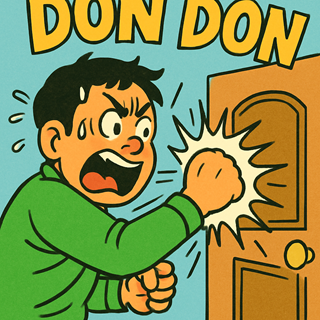
Example 2: Doing Homework Quickly
She was finishing her homework don don, one subject after another without stopping.
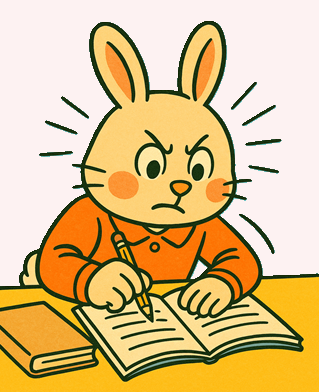
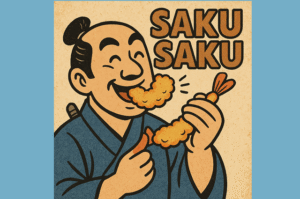
Cultural Note
“Don Don” is commonly used in both literal and figurative ways.
- It can represent real sounds: like drums, stomping, or knocking.
- Or actions: like someone moving ahead in life, completing tasks, or growing fast.
In English speech, you can say:
- Go for it don-don! Keep it up don-don!
- Come in don-don! (“Come in one after another!”)
It adds enthusiasm and forward motion to a sentence!
Watch & Feel the Don Don World!
Let’s explore this powerful rhythm with some fun videos:
Japanese Taiko Drumming Performances
Traditional drummers performing don don with intensity and grace.
Try Using It!
Next time you hear a strong knock, watch someone speed through their work, or feel your own progress building up…
Say “Don Don!” — it adds energy and movement to your thoughts.
Leave a Comment
This site is growing little by little — with your help.
If you’re curious about what kind of onomatopoeia fits a certain scene or feeling, feel free to make a request!
Kind thoughts, warm feedback, or any nice ideas are always welcome.
You can leave a comment in the section at the bottom of the page.
Looking forward to hearing from you.

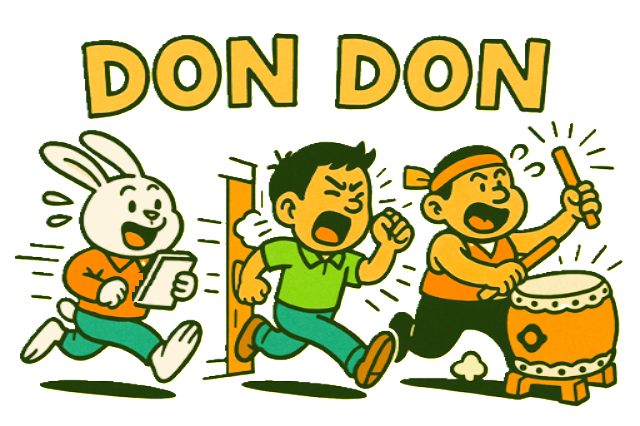



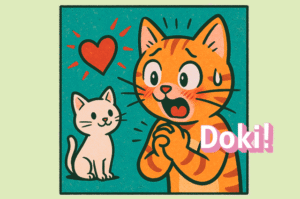
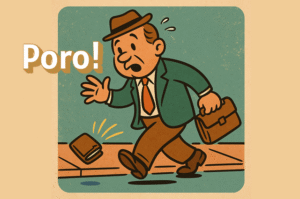

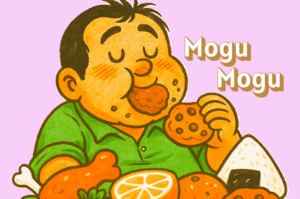
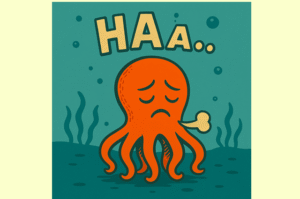

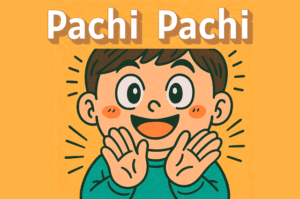
Comments